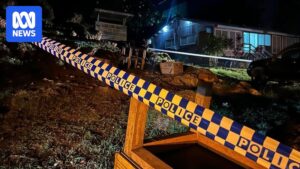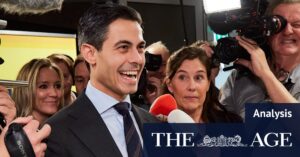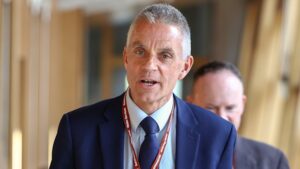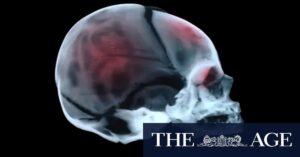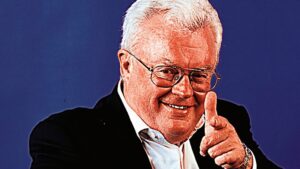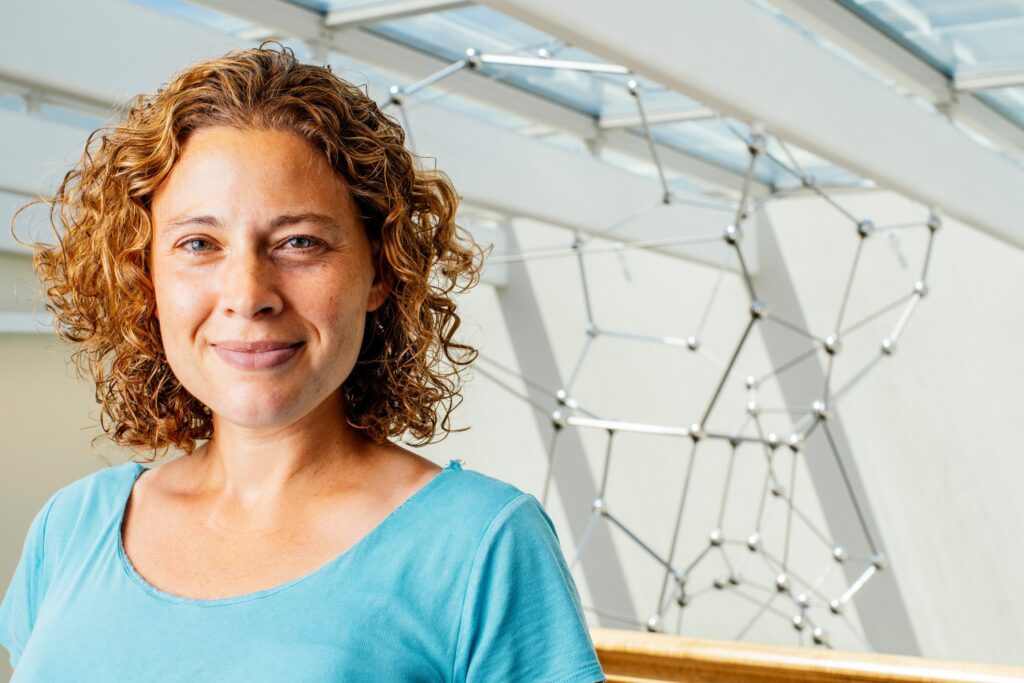
Danna Freedman is on a mission to find the early adopters of quantum technology. As the faculty director of the newly formed MIT Quantum Initiative (QMIT), Freedman is spearheading an ambitious, Institute-wide effort to leverage quantum breakthroughs to address some of the most pressing challenges in science, technology, industry, and national security.
This interdisciplinary initiative, one of the latest strategic endeavors under MIT President Sally Kornbluth, aims to unite MIT researchers with industry experts to identify and tackle practical challenges where quantum solutions could have the greatest impact. “We’ve already seen how the breadth of progress in quantum has created opportunities to rethink the future of security and encryption, imagine new modes of navigation, and even measure gravitational waves more precisely to observe the cosmos in an entirely new way,” says Freedman, the Frederick George Keyes Professor of Chemistry. “What can we do next? We’re investing in the promise of quantum, and where the legacy will be in 20 years.”
Launching the Quantum Initiative
QMIT, a nod to the “qubit,” the basic unit of quantum information, will officially launch on December 8 with an all-day event at MIT’s campus. Over time, the initiative plans to establish a physical hub on campus for academic, public, and corporate engagement with cutting-edge integrated quantum systems. Beyond MIT, QMIT will collaborate closely with the U.S. government and MIT Lincoln Laboratory, applying the lab’s capabilities in quantum hardware development, systems engineering, and rapid prototyping to national security priorities.
“The MIT Quantum Initiative seizes a timely opportunity in service to the nation’s scientific, economic, and technological competitiveness,” says Ian A. Waitz, MIT’s vice president for research. “With quantum capabilities approaching an inflection point, QMIT will engage students and researchers across all our schools and the college, as well as companies around the world, in thinking about what a step change in sensing and computational power will mean for a wide range of fields. Incredible opportunities exist in health and life sciences, fundamental physics research, cybersecurity, materials science, sensing the world around us, and more.”
Understanding Quantum Mechanics
Quantum phenomena are as foundational to our world as light or gravity. On an extremely small scale, the interactions of atoms and subatomic particles are governed by a different set of rules known as quantum mechanics. “Quantum, in a sense, is what underlies everything,” Freedman explains.
By harnessing quantum properties, devices can process information at remarkable speeds to solve complex problems that are beyond the reach of classical supercomputers, and enable ultraprecise sensing and measurement. These enhancements in speed and precision will be most effective when optimized for specific use cases and as part of a complete quantum system. QMIT will focus on cross-domain collaboration to co-develop quantum tools, such as computers, sensors, networks, simulations, and algorithms, alongside the intended users of these systems.
Building a Quantum Future
As it evolves, QMIT will be structured into programmatic pillars led by top quantum researchers, including Paola Cappellaro, Ford Professor of Engineering and professor of nuclear science and engineering and of physics; Isaac Chuang, Julius A. Stratton Professor in Electrical Engineering and Physics; Pablo Jarillo-Herrero, Cecil and Ida Green Professor of Physics; William Oliver, Henry Ellis Warren (1894) Professor of Electrical Engineering and Computer Science and professor of physics; Vladan Vuletić, Lester Wolfe Professor of Physics; and Jonilyn Yoder, associate leader of the Quantum-Enabled Computation Group at MIT Lincoln Laboratory.
While supporting the core of quantum research in physics, engineering, mathematics, and computer science, QMIT aims to expand the community into new frontiers, including astronomy, biology, chemistry, materials science, and medicine. “If you provide a foundation that somebody can integrate with, that accelerates progress a lot,” says Freedman. “Perhaps we want to figure out how a quantum simulator we’ve built can model photosynthesis, if that’s the right question—or maybe the right question is to study 10 failed catalysts to see why they failed.”
“We are going to figure out what real problems exist that we could approach with quantum tools, and work toward them in the next five years,” Freedman adds. “We are going to change the forward momentum of quantum in a way that supports impact.”
Expanding MIT’s Quantum Legacy
The MIT Quantum Initiative will be administratively housed in the Research Laboratory of Electronics (RLE), with support from the Office of the Vice President for Research (VPR) and the Office of Innovation and Strategy. QMIT is a natural expansion of MIT’s Center for Quantum Engineering (CQE), a research powerhouse that engages more than 80 principal investigators across the MIT campus and Lincoln Laboratory to accelerate the practical application of quantum technologies.
“CQE has cultivated a tremendously strong ecosystem of students and researchers, engaging with U.S. government sponsors and industry collaborators, including through the popular Quantum Annual Research Conference (QuARC) and professional development classes,” says Marc Baldo, the Dugald C. Jackson Professor in Electrical Engineering and director of RLE.
With the backing of former vice president for research Maria Zuber, former Lincoln Lab director Eric Evans, and Marc Baldo, CQE was launched in 2019 to bridge MIT’s research efforts in quantum science and engineering. Now, Oliver will lead the new MIT Quantum Initiative’s quantum computing pillar, expanding CQE’s work into a larger effort focused on quantum computing, industry engagement, and connecting with end users.
The “MIT-hard” Problem
QMIT will build upon MIT’s historic leadership in quantum science and engineering. In the spring of 1981, MIT hosted the first Physics of Computation Conference, an event now seen as the kickoff of the second quantum revolution. Today, research in quantum science and engineering produces a steady stream of “firsts” in the lab and a growing number of startup companies.
In collaboration with industry and government partners, MIT researchers are advancing areas like quantum sensing, which uses atomic-scale systems to measure properties like distance and acceleration with extreme precision. Quantum sensing could be used in applications such as brain imaging devices or air traffic control systems with greater accuracy.
Another key area is quantum simulation, which leverages quantum computers to emulate complex systems. This could lead to the discovery of new materials for energy-efficient electronics or streamline the identification of promising molecules for drug development. “Historically, when we think about the most well-articulated challenges that quantum will solve,” Freedman notes, “the best ones have come from inside of MIT. We’re open to technological solutions to problems, and nontraditional approaches to science. In many respects, we are the early adopters.”
However, Freedman also emphasizes the distinction between speculative ideas and the rigorous, collaborative work required to create a practical roadmap. “That’s the ‘MIT-hard’ problem,” she says. The QMIT launch event on December 8 will feature talks and discussions from MIT faculty, including Nobel laureates and industry leaders, setting the stage for the next era of quantum innovation.
